If You Love Food, These 15 European Destinations Are For You

Europe’s culinary landscape is a feast for the senses, offering everything from rustic countryside fare to sophisticated city dining. Each region boasts unique flavors, cooking techniques, and food traditions that tell stories of history and culture.
If your travel plans revolve around memorable meals and foodie adventures, these European destinations should be at the top of your bucket list.
1. San Sebastián’s Pintxos Paradise
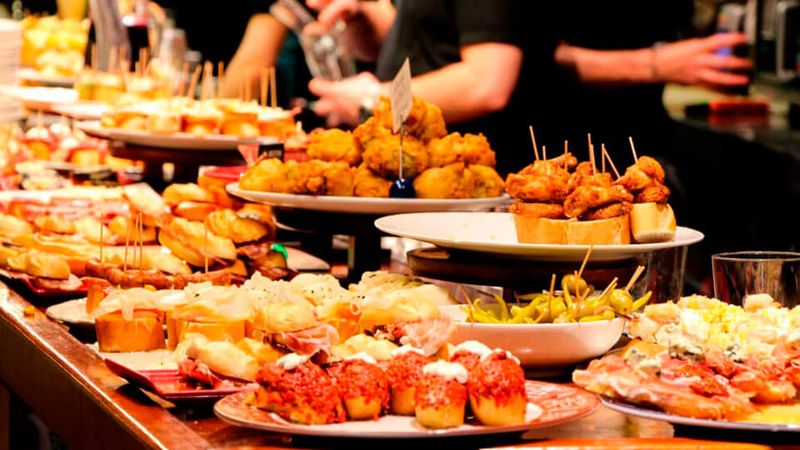
Nothing compares to the joy of hopping between bars in this Basque Country gem, sampling bite-sized culinary masterpieces speared with toothpicks. The Old Town transforms into a gastronomic wonderland each evening, with counters displaying colorful arrays of pintxos – Spain’s sophisticated take on tapas.
Local chefs compete for creativity, turning simple ingredients into mind-blowing flavor combinations. Many visitors plan their entire Spanish vacation around eating here!
Beyond pintxos, San Sebastián boasts more Michelin stars per square meter than almost anywhere else in the world.
2. Lyon’s Bouchon Experience
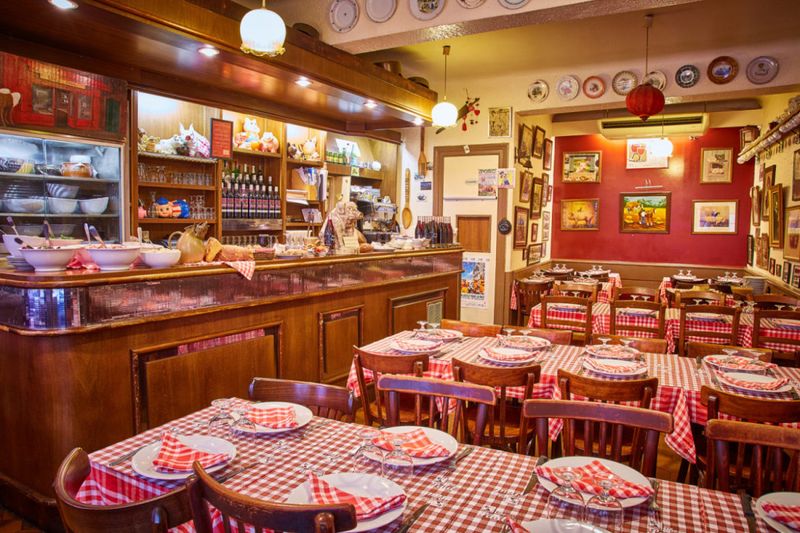
Forget Paris for a moment – France’s true culinary heart beats in Lyon. The city’s traditional bouchons (small, family-owned bistros) serve hearty, unfussy fare that celebrates every part of the animal alongside robust local wines.
Stepping into these cozy establishments feels like entering someone’s home, with checkered tablecloths and walls adorned with vintage photographs. The atmosphere is as nourishing as the food itself.
Must-try classics include quenelles (pike dumplings), andouillette sausage, and praline tarts that showcase why Lyon earned its reputation as France’s gastronomic capital.
3. Bologna’s Pasta Perfection
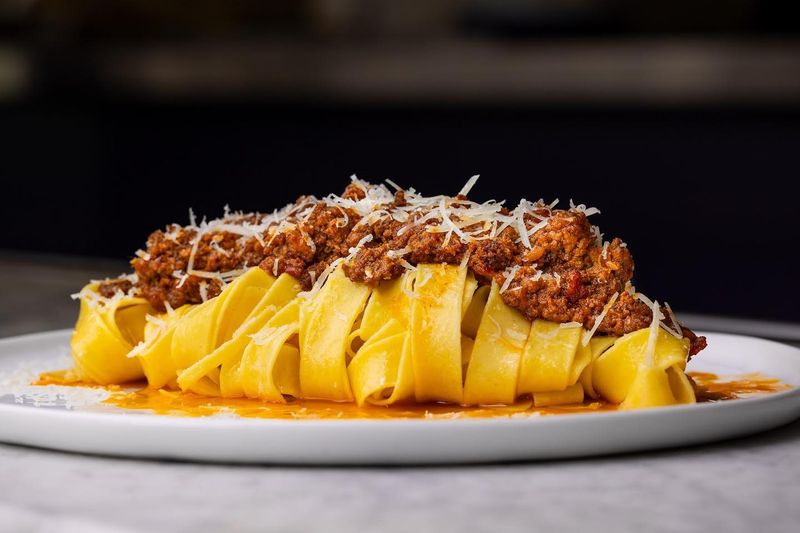
Walking through Bologna’s medieval porticoes will make your stomach rumble with anticipation. The capital of Emilia-Romagna region proudly wears its nickname “La Grassa” (The Fat One) as a badge of honor, celebrating its rich culinary traditions.
Here, pasta is made fresh daily, rolled by hand until it reaches perfect thinness. The authentic ragù alla bolognese bears little resemblance to what foreigners call “spaghetti bolognese” – it’s a complex, slow-cooked meat sauce typically served with tagliatelle.
Don’t miss mortadella, the ancestor of American bologna, in its true, delicious form.
4. Copenhagen’s New Nordic Revolution
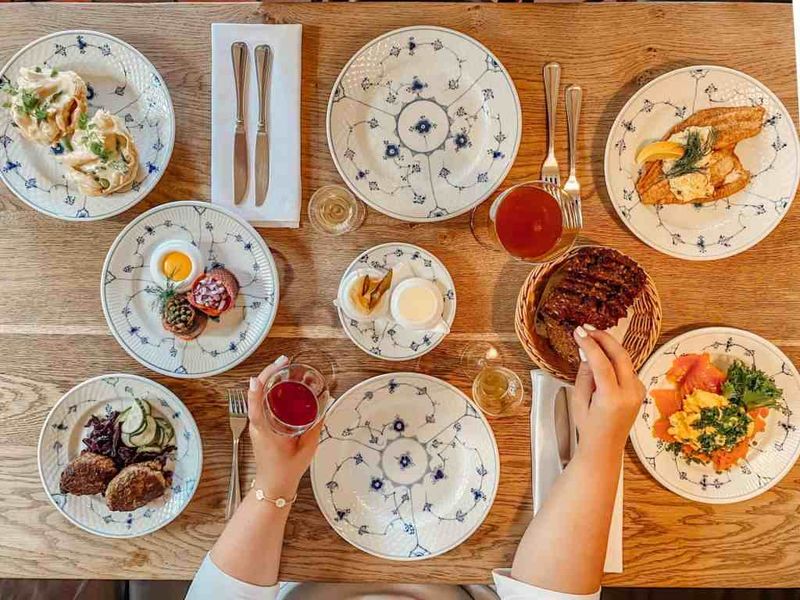
Who would have thought that fermentation, foraging, and hyperlocal ingredients would revolutionize global fine dining? Copenhagen’s chefs did exactly that, creating the New Nordic movement that transformed the city into a pilgrimage site for serious food lovers.
Even without a reservation at Noma (repeatedly named world’s best restaurant), you’ll find the philosophy of seasonal, sustainable cooking throughout the city. Food halls like Torvehallerne showcase Denmark’s exceptional seafood, breads, and pastries.
Try smørrebrød – open-faced sandwiches artfully topped with combinations like pickled herring, egg, and dill.
5. Porto’s Port and Petiscos
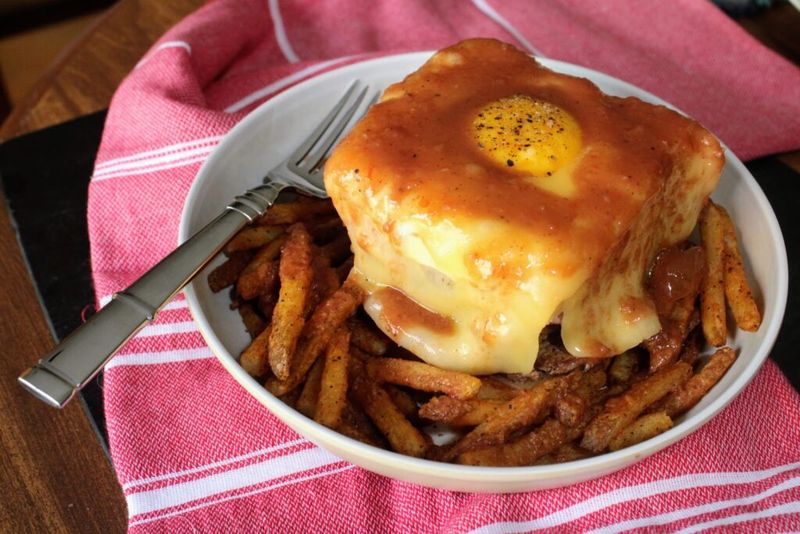
Perched along the Douro River, Porto offers food experiences that warm both body and soul. Start your culinary journey with petiscos (Portugal’s answer to tapas) paired with local wines in rustic tabernas tucked into narrow medieval streets.
The francesinha – a monumental sandwich stuffed with different meats, covered with melted cheese and spicy tomato-beer sauce – is Porto’s iconic contribution to comfort food. It’s not for the faint-hearted!
After your meal, visit the historic port wine cellars across the river in Vila Nova de Gaia for tastings of Portugal’s famous fortified wine.
6. Naples’ Pizza Birthplace
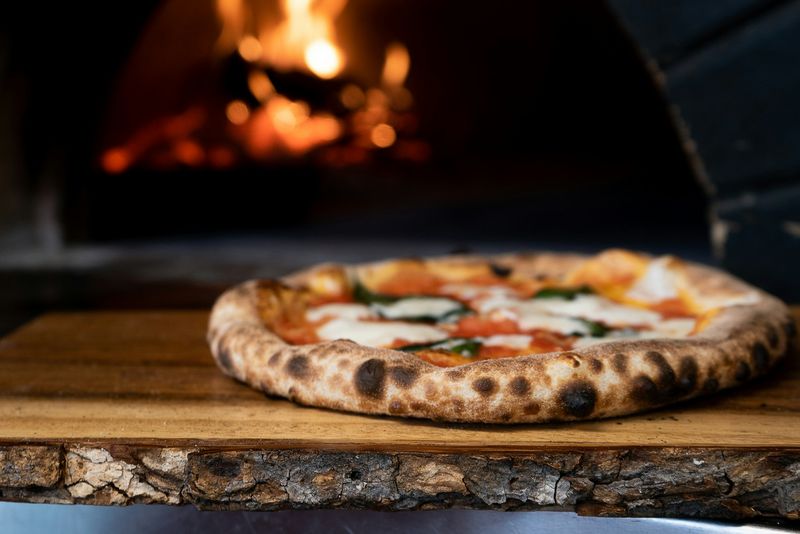
If you’ve ever wondered what pizza should truly taste like, Naples will answer that question definitively. The birthplace of pizza maintains strict standards – soft, chewy dough with a puffy cornicione (crust), minimal but premium toppings, and just 60-90 seconds in a scorching wood-fired oven.
Watching pizzaioli (pizza makers) stretch dough with practiced motions is performance art. Their swift, confident movements reflect generations of pizza-making expertise.
Beyond pizza, don’t miss sfogliatella (flaky pastry filled with sweet ricotta) and espresso so intense it makes your eyes widen with each sip.
7. Istanbul’s Spice Market Feast
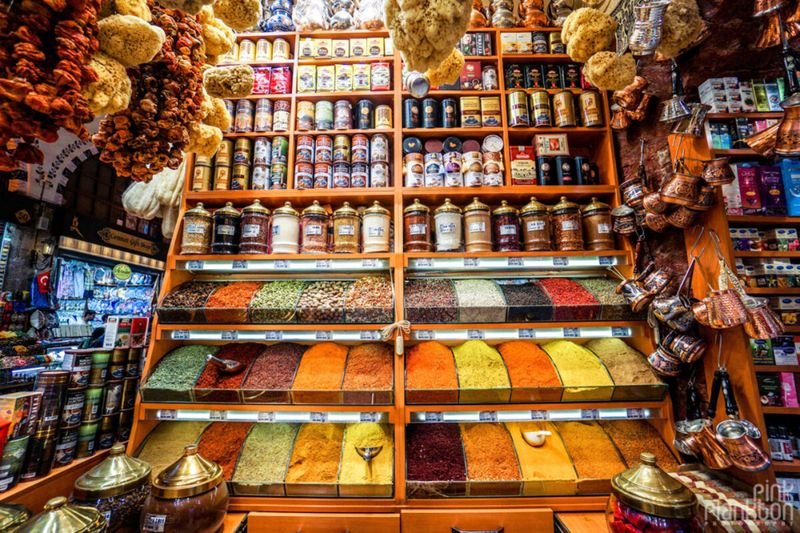
Straddling Europe and Asia, Istanbul offers a culinary fusion unlike anywhere else. The Spice Bazaar dazzles with mountains of colorful spices, lokum (Turkish delight), and dried fruits that engage all your senses at once.
Street food here is legendary – grab simit (sesame-encrusted bread rings) from vendors’ carts, or join locals for balik ekmek (fish sandwiches) fresh off boats along the Golden Horn. The ritual of Turkish tea and coffee service turns simple beverages into memorable experiences.
For dinner, meyhanes (traditional taverns) serve meze platters with dozens of small dishes meant for sharing.
8. Barcelona’s Mercado Magic

La Boqueria market sits at the heart of Barcelona’s food scene, a kaleidoscope of Spanish ingredients that chefs and home cooks treasure equally. Wandering through its stalls reveals Iberian hams hanging from ceiling hooks, mountains of fresh seafood on ice, and fruit displays arranged like art installations.
Many stalls have evolved into mini-restaurants where you can point to fresh ingredients and watch them transformed into simple, perfect dishes before your eyes. The seafood is particularly spectacular.
After market exploration, Barcelona’s tapas bars offer the perfect setting to sample Catalonian specialties like pan con tomate and bombas.
9. Vienna’s Coffee House Culture
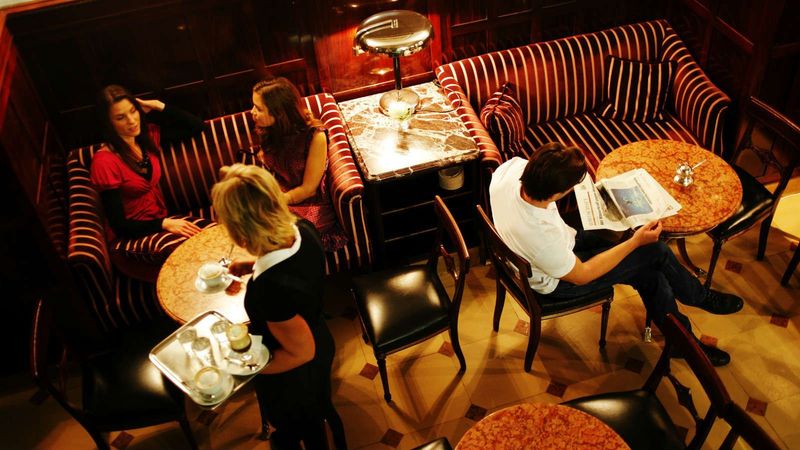
Time seems to slow down inside Vienna’s traditional coffee houses, where marble tabletops, bentwood chairs, and waiters in formal attire create an atmosphere of elegant leisure. These institutions aren’t just about coffee – they’re cultural landmarks where Freud, Trotsky, and countless artists once debated ideas.
Order your coffee with a slice of Sachertorte – the city’s famous chocolate cake with apricot jam – or Apfelstrudel served with vanilla sauce. The menu of pastries will tempt even those who claim not to have a sweet tooth.
Many coffeehouses offer piano music in the evenings, perfect for digesting your Wiener Schnitzel dinner.
10. Athens’ Ancient Flavors
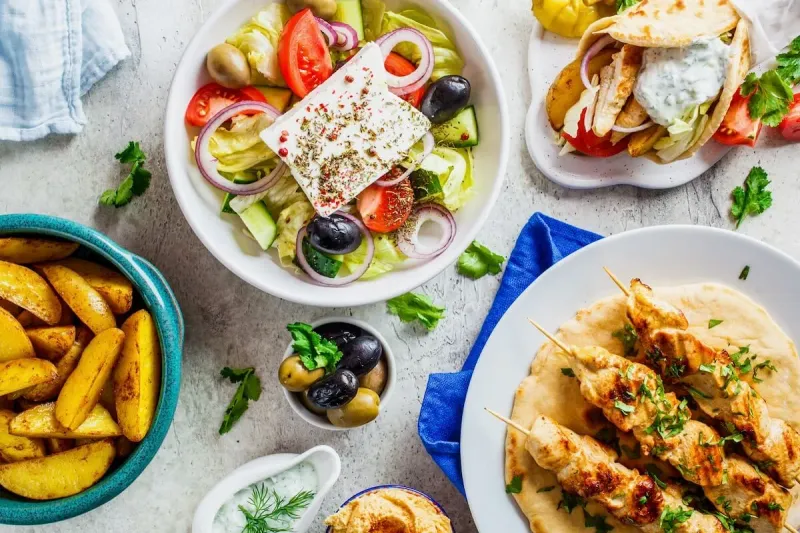
Greek cuisine celebrates simplicity – fresh ingredients, olive oil, herbs, and cooking techniques passed down through generations. Athens offers the perfect introduction to these timeless flavors, from street-side souvlaki to family-run tavernas serving dishes that would be recognizable to ancient Greeks.
Monastiraki and Plaka neighborhoods house some of the most authentic eateries. Here, mezedes (small dishes) arrive in waves: tzatziki, dolmades, saganaki, and more, accompanied by ouzo or local wine.
For dessert, seek out loukoumades – fried dough balls soaked in honey and cinnamon that have satisfied Greek sweet cravings for centuries.
11. Krakow’s Pierogi Paradise
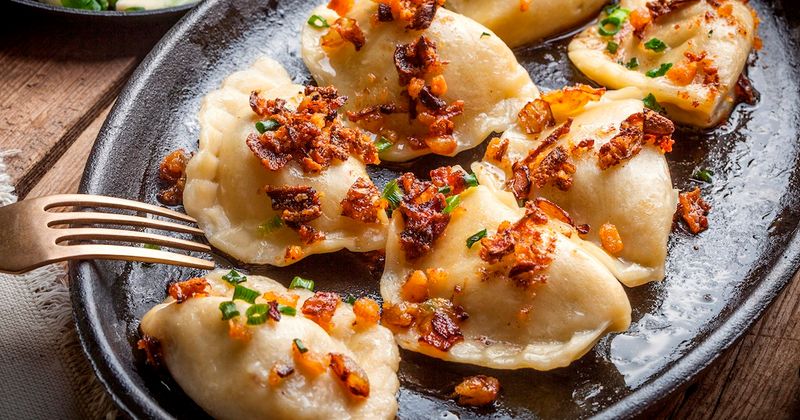
Few foods comfort like Polish pierogi – those pillowy dumplings filled with everything from potato and cheese to sauerkraut and mushrooms, often topped with caramelized onions and sour cream. Krakow’s Old Town restaurants serve these beloved pockets of goodness alongside hearty hunter’s stew (bigos) and cold beer.
Milk bars (bar mleczny) offer an authentic glimpse into Poland’s culinary past. These cafeteria-style eateries date back to communist times but remain popular for affordable, filling meals.
Don’t leave without trying obwarzanek krakowski – the city’s iconic ring-shaped bread sold from street carts throughout the historic center.
12. Amsterdam’s Cheese Journey
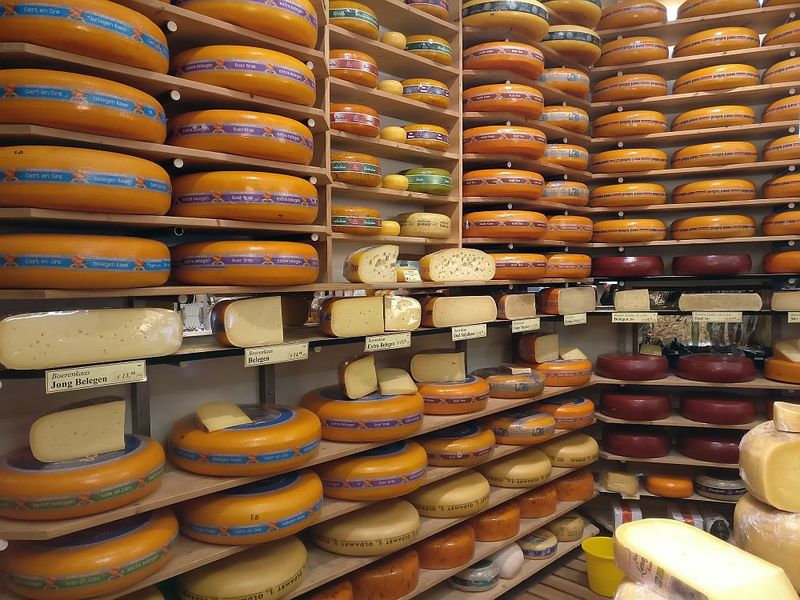
Cheese lovers will think they’ve died and gone to heaven in Amsterdam, where specialty shops offer free samples of aged Gouda, cumin-spiced Leiden, and creamy Edam. The Netherlands produces over 750 million kilos of cheese annually, and the best varieties can be found in Amsterdam’s cheese shops and markets.
Beyond cheese, try traditional herring – eaten by holding it by the tail and lowering it into your mouth – from the city’s herring carts. It’s surprisingly addictive!
For comfort food, stroopwafels (thin waffle cookies with caramel filling) and thick Dutch fries with mayonnaise hit the spot after canal exploring.
13. Budapest’s Market Hall Treasures
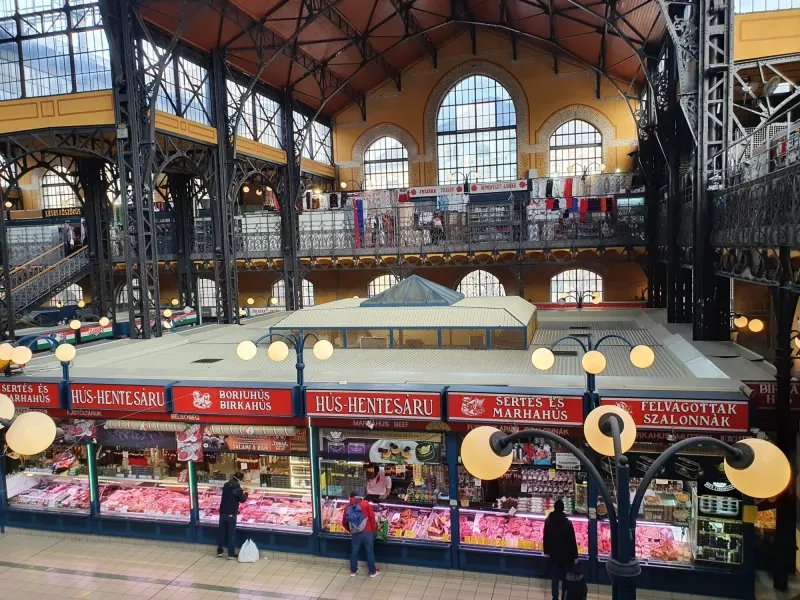
The Great Market Hall in Budapest stands as a cathedral to Hungarian cuisine, its soaring neo-Gothic interior filled with vendors selling paprika, sausages, and regional specialties. The upper floor food stalls offer the perfect introduction to dishes like goulash, chicken paprikash, and langos – fried bread topped with sour cream and cheese.
Hungarian cuisine balances rich, hearty flavors with surprising complexity. Paprika isn’t just a seasoning here; it’s a cultural cornerstone that gives many dishes their distinctive character.
After exploring the market, visit one of the city’s historic cafés for Dobos torte – a five-layer sponge cake with chocolate buttercream and caramel top.
14. Brussels’ Chocolate and Beer Pairing

Belgium takes chocolate and beer so seriously that both have been elevated to art forms. Brussels showcases this dedication through chocolatiers whose pralines and truffles are displayed like jewels in elegant boutiques along Galeries Royales Saint-Hubert.
When it comes to beer, expect mind-boggling variety – from fruity lambics to rich Trappist ales brewed by monks for centuries. Many restaurants offer beer pairing menus that prove these brews deserve the same respect as fine wine.
Between chocolate and beer indulgences, make room for moules-frites (mussels and fries) and, of course, true Brussels waffles topped with fresh cream and strawberries.
15. Edinburgh’s Farm-to-Table Renaissance
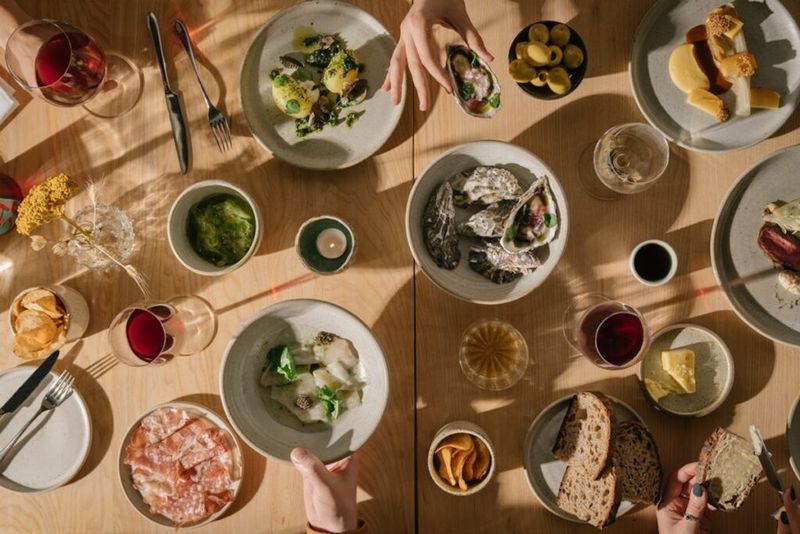
Scotland’s cuisine has undergone a remarkable transformation, moving far beyond the stereotypes of haggis and deep-fried Mars bars. Edinburgh leads this culinary revolution with restaurants championing Scotland’s exceptional natural larder – from Aberdeen Angus beef to hand-dived scallops from crystal-clear northern waters.
The city’s farmers’ markets showcase artisanal cheeses, smoked salmon, and craft spirits from small-batch distilleries. Even traditional dishes have been reimagined with contemporary techniques while honoring their humble origins.
For a truly Scottish experience, try a whisky flight paired with local seafood or game – the flavors complement each other surprisingly well.
